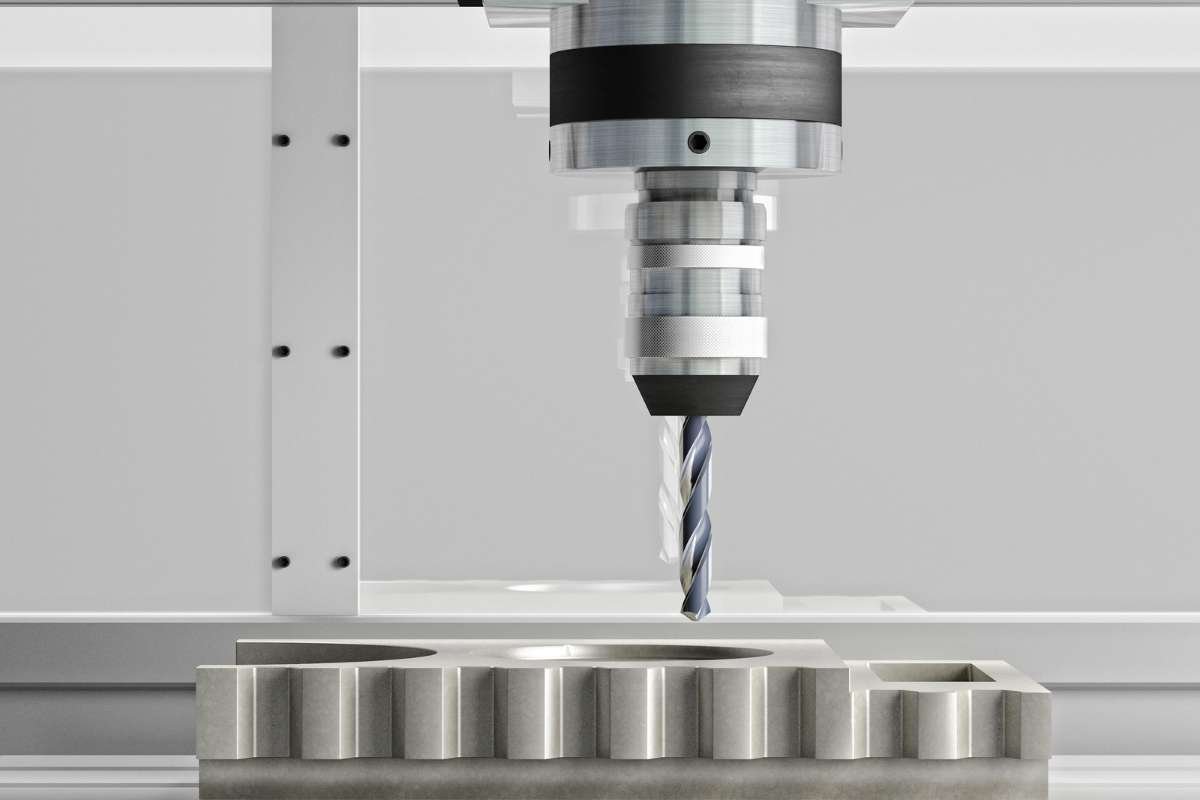In the manufacturing of a product, it has to go through various steps to finally be presented to the masses. There is initially the paperwork, where all the probabilities of the product working are tested, and then there is the prototyping of that product. A prototype can be considered as one of the most important steps in the manufacturing of the product. Each of the products has certain target audiences and is set to relieve their pain points in some or another way. To see whether the product is as effective in real life as it is on paper, prototypes are made.
A prototype is a sample or the mock product of the actual product the engineers wish to build. This quick model explains the actual plans for the final product. If the plan works successfully on the prototype, steps are taken to build the final product. Also, if there are any changes to be made, the first experiment is done on the prototype.
The Advantages of Prototyping
The advantages of prototypes are that it helps in reducing the time and costs involved in making the actual product. Prototyping will help the manufacturers to improve the specifications needed for a product, and all other requirements in the product. With prototyping, one can understand and predict higher costs needed for the actual product, or the changes that will have to be made, or the little hurdles one might face when building an actual product.
With a prototype, there can be alterations made in the model easily. When that product is put to test, the customers can share their immediate feedback and according to that, changes can be made in the model. The most important thing prototyping helps with is that it eliminates any miscommunications or misunderstandings that might happen in making the actual product.
So, prototyping is considered the most important step before building any product. It eases the further process and helps to build a better product.





